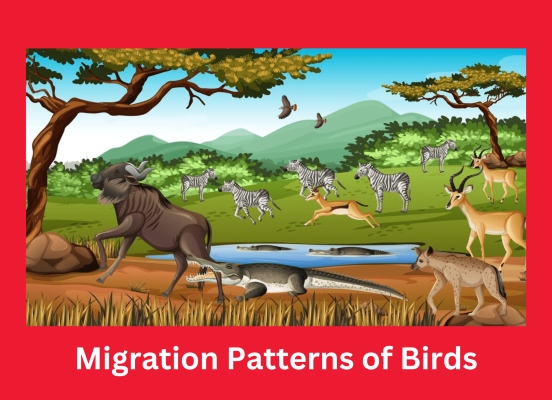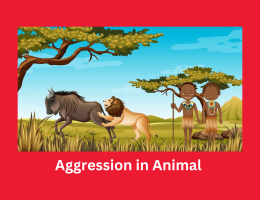
Territoriality in Mammals: Understanding Establishment, Defense, and Implications
- By admin --
- Tuesday, 12 Mar, 2024
Territorial behavior is a fundamental aspect of the social ecology of many mammal species, encompassing the establishment, defense, and maintenance of exclusive areas known as territories. This behavior serves various functions, including resource acquisition, protection of mates and offspring, and regulation of population density. Examining territoriality in mammals provides valuable insights into the ecological dynamics of animal communities and the evolutionary forces shaping their behavior.
The establishment of territories in mammals involves the selection and defense of specific areas that provide essential resources such as food, water, shelter, and mates. Territories may vary in size and shape depending on factors such as habitat quality, population density, and social structure. Mammals employ a range of strategies to establish territories, including aggressive interactions, scent marking, vocalizations, and displays of dominance.
Defense of territories is crucial for maintaining exclusive access to resources and reproductive opportunities. Mammals use various mechanisms to defend their territories from intruders, including physical aggression, vocalizations, scent marking, and visual displays. Aggressive encounters between territorial individuals can escalate into confrontations involving fighting, chasing, and vocal duels, with the ultimate goal of asserting dominance and maintaining territorial boundaries.
Territorial behavior in mammals has significant implications for resource distribution within populations. By partitioning space into exclusive territories, individuals reduce competition for limited resources such as food, shelter, and mates. Territoriality helps to regulate population density, minimize intraspecific competition, and optimize resource utilization, thereby enhancing individual fitness and population persistence.
Mate selection is another important aspect of territorial behavior in mammals, with territories often serving as display arenas for courtship and mating rituals. Males may establish territories to attract and defend females, thereby increasing their reproductive success. Territorial males engage in elaborate displays, vocalizations, and contests to advertise their quality and dominance to potential mates, with access to prime territories often influencing female mate choice and reproductive success.
A complex interplay of genetic, hormonal, environmental, and social variables shapes territorial behavior. In male animals, hormones like testosterone are important in controlling territorial aggressiveness and dominance; mating seasons and territorial conflicts are frequently correlated with seasonal changes in hormone levels. Environmental factors affect the spacing and size of territories too. These factors include habitat quality, resource availability, population density and other elements causing individuals to adjust their territorial behaviors according to changing ecological conditions.
Mammals' territorial behavior varies greatly throughout species; solitary territoriality is seen in species like tigers and solitary carnivores, whereas group territoriality is found in gregarious animals like lions, wolves, and meerkats. Many times, even if not always, these animals will group together to protect their territories by taking turns standing guard at the center of it while others patrol around its edge. In such situations where one is available, co-operation among all these creatures boosts breeding output, brings them closer together as friends or relatives, lessening the chances of being killed by an enemy.
Due to the reduction of accessible habitat, disruption of dispersion pathways, and increased competition for resources, human activities including habitat degradation, fragmentation, and urbanization pose serious risks to territorial mammals. The conservation initiatives that target territorial mammals to protect them require wildlife corridors to create, as well as maintaining and/or returning their respective habitats to the appropriate condition, and using sustainable land-use practices.
In conclusion, Many mammal species use territorial behavior as a common and adaptive tactic to control the allocation of resources, protect breeding sites, and maximize individual fitness. Studying the establishment, defense, and consequences of territoriality in mammals can teach researchers a great deal about the ecological, social, and evolutionary dynamics of animal communities and help develop workable conservation strategies for maintaining territorial species in a world increasingly dominated by humans.





